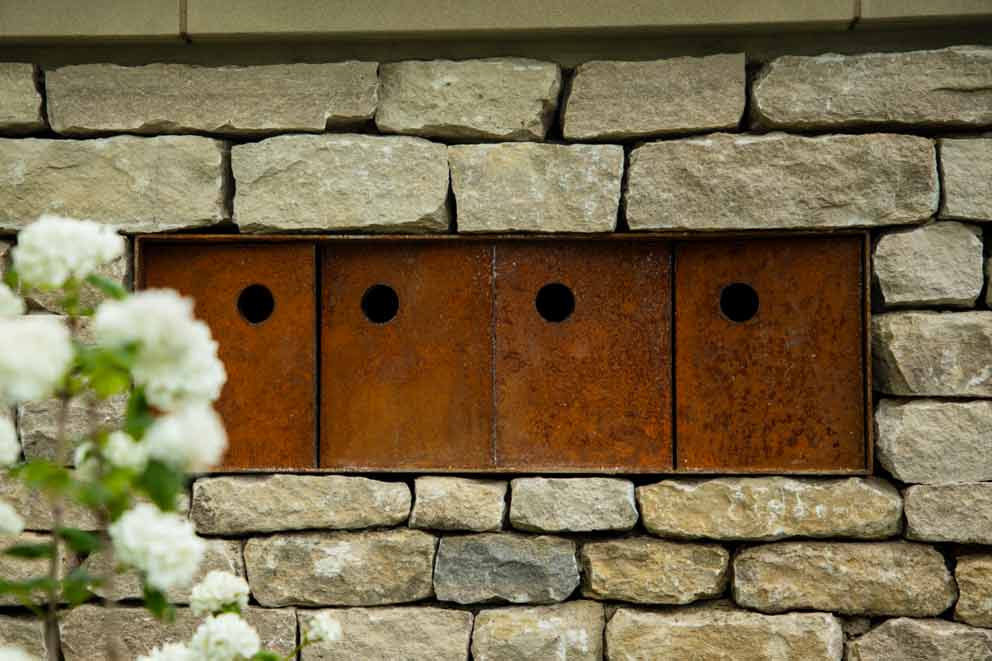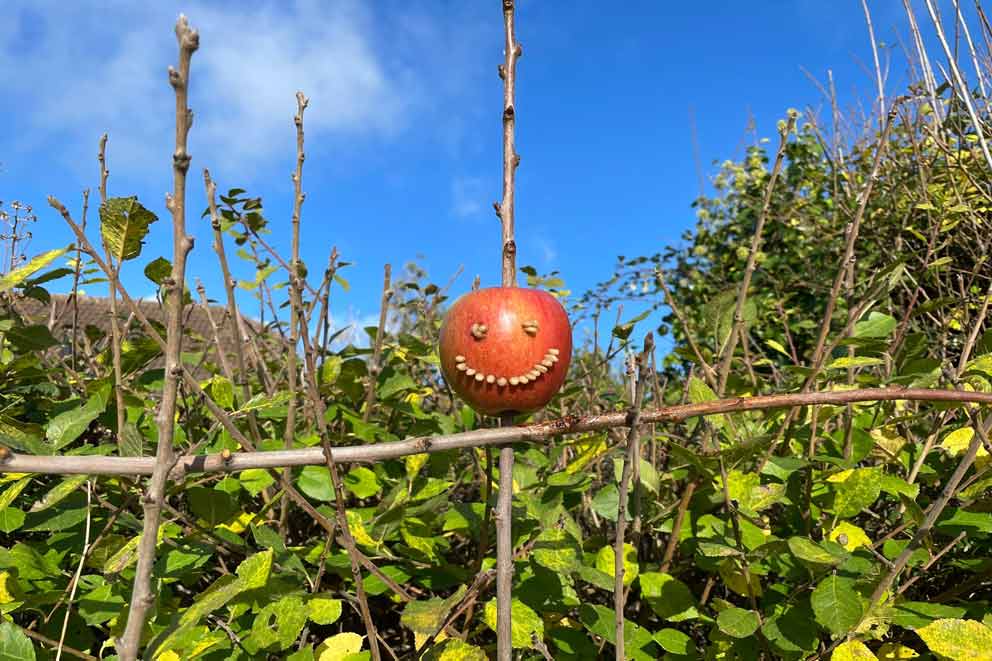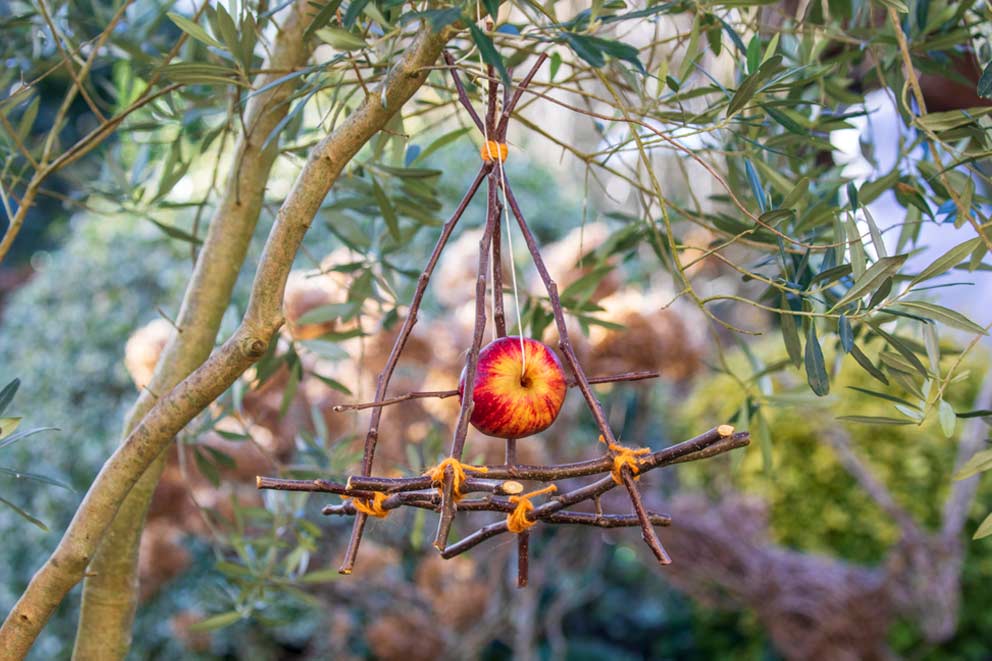- Find a Pet
- Advice and Welfare
- Ways to Give
- Get Involved
- What We Do
- Search
- My RSPCA
- Report a concern
- Sponsor
-
Colour modeVivid Calm
Everything you need to know about bird boxes
Putting up bird boxes is a brilliant way to encourage birds into your garden. Habitat loss means there are fewer natural nesting spots these days. So the more we can do to help our feather friends, the better.

Spotted an injured bird?
More often than not, the quickest and best way to help a small bird is to take it to your nearest vet. This will free up our rescuers to get to the animals at risk of cruelty and neglect who need us most.
Which birds will use which type of box?
That depends on the type of box and the size of the nesting hole. As a rule:
- A 25mm hole attracts smaller birds like blue tits and coal tits
- A 32mm hole attracts birds like great tits and sparrows
- A 45mm hole attracts bigger birds such as starlings and woodpeckers
- Open-fronted boxes attract robins, wrens and pied wagtails
- Specially shaped boxes attract swifts, swallows and house martins.
House sparrows nest in colonies, so cluster a few boxes together – like the sparrow wall in our Chelsea Flower Show garden.
Please enter a valid video URL.
The URL can point to any Facebook, Twitch, Vimeo or Youtube video.
Watch our video on how to help a bird

Location, location, location
-
Before buying a nest box, have a look around your garden to make sure there's a good spot for it.
-
Protect birds from predators as well as sunlight, strong winds and driving rain – find a sheltered spot facing north or east.
-
Fix to a tree or the wall of your home – make sure there are bushes, trees or climbing plants nearby to provide cover.
-
Keep boxes away from cats and dogs by putting them 2 to 4m off the ground.
-
Open-fronted nest boxes need to be lower – around 1.5m. Hide them in vegetation like hedges, shrubs or thick creepers, to keep them safer from predators.
-
For woodpeckers, a box in a tree, 3 to 5m high, is ideal.
-
Make sure there's a clear flight path to all nest boxes (except open-fronted ones).
Eco-tip: Make sure your box is made from sustainable wood – look for the FSC timber mark or check out local sources.
Best time of year to put up a nest box
If you put up a nest box in autumn or early winter, a bird may roost in it over the cold months and then return to nest there in the spring.
Autumn clear out
Clean nest boxes once a year – but only in October and November, once birds have stopped using them. Put on gloves, take down the box, and remove any nesting material. Carefully wash out with boiling water then let it dry before putting back up.
Bird watch tip: Don't be tempted to check the boxes. Watch from a distance – or add a nest box camera before you install the box.

volunteer
Become a Wildlife Friend
Sign up as a volunteer to take action for wildlife in your local area, share RSPCA advice online and help us campaign for a better future for all kinds.



